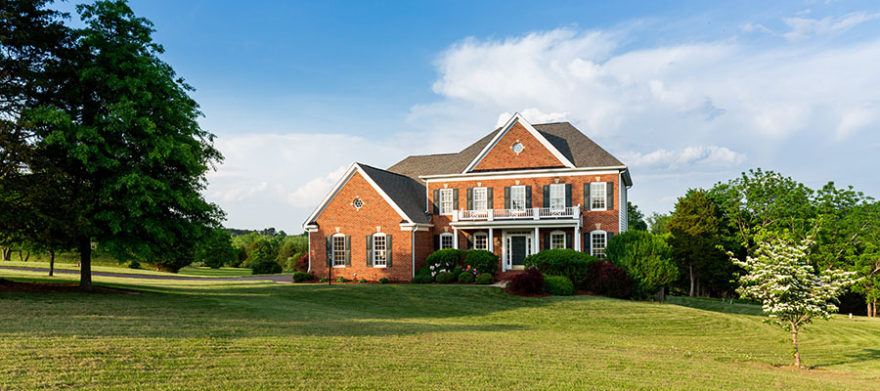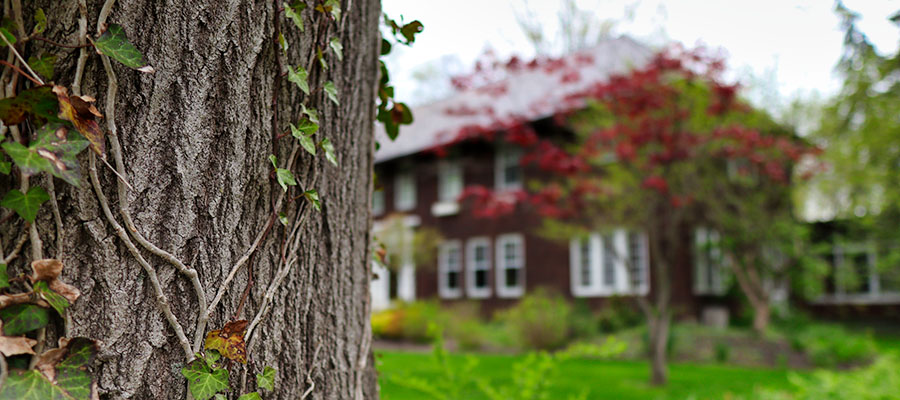
Sometimes trees get broken or damaged and need extra support. This is where the concept of supplemental support comes in. Tree care experts in the Hunting Valley area, like Vancuren Tree Service, can be of great help when it comes to caring for your trees and providing them with supplemental support so that they can continue to grow.
Supplemental support is the use of materials to give trees extra support when structural changes or damage occur. This extra support helps the tree stay alive when it’s damaged, poorly cared for, or getting old. Supplemental support can help extend a tree’s life and reduce risk of it dying quickly.
Supplemental support is often used in conjunction with other tree management techniques like pruning and thinning to further improve the tree’s structure.
Supplemental support provides additional strength to the tree, limits branch and tree movement, reduces risk of failure, prevents weak unions from falling, redistributes the stress of limbs, and prolongs the life of historic or unique trees.
Structural problems to trees can be caused by a few things, such as having more than one dominant stem, or leader. These trees are structurally weak compared to single-leader trees because there is a lack of connective tissue connecting the stem to the trunk. The greater the angle, the greater the risk of tree failure. Overextended limbs can also cause structural problems.
It is important to note that supplemental support is not a permanent solution for weakness and it is not a guarantee that a tree or part of a tree will not die, but it does increase likelihood of success.
There are four methods of supplemental support.
Cabling is the use of wire or synthetic fibers attached to branches and trunks. This is used to limit movement of the tree and branches and provide support. Cables are installed across a weak crotch angle to prevent the branches from breaking. It may also be used on overextended branches.
Bracing means attaching threaded rods or log screws to trees with multiple stems to secure weak or split attachments. This reduces the risk of stems spreading apart or moving sideways. Bracing can also be used to repair a crotch angle or split branch.
Guying is the process of connecting a trunk to the ground or another tree as an anchor to keep it upright and prevent movement. This is typically used for trees with root problems and prevents them from falling.
Propping is placing solid materials beneath a tree’s heavy limbs or trunk to keep it from failing.
Staking trees is typically discouraged because most of the time, trees with adequate root systems do not need staking when planted. This process requires constant monitoring and maintenance as well.

Because of the risk associated with this process, supplemental support should be carried out by a professional. It is also important to know that installing these devices usually wounds a tree in the process because branches and trunks must be drilled through to attach the hardware. Also remember that support structures must be monitored and adjusted as the tree grows.
Supplemental support is an important but risky process for your trees. To reduce the damage done to trees, call a professional tree care company in the Hunting Valley area, like Vancuren Tree Service. These experts will help you restore the structural integrity of your trees so they will thrive like they did before any damage occurred.